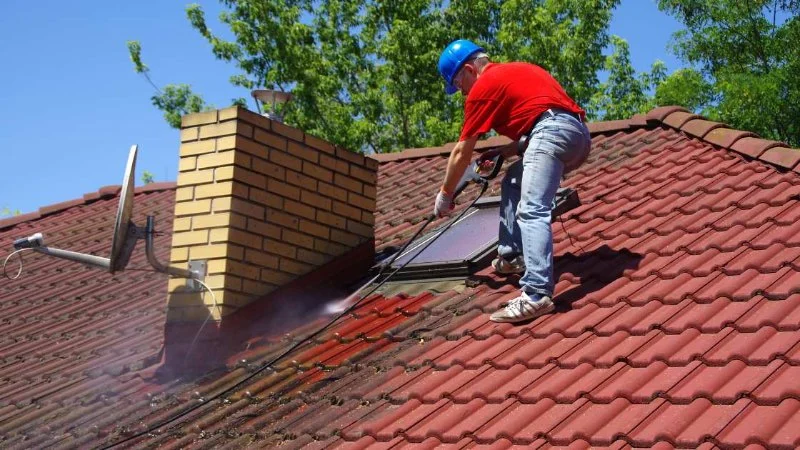
- 1. Understanding Roof Stains
- 2. Common Causes of Roof Stains
- 3. Best Methods for Cleaning Roof Stains Without Damaging Shingles
- 4. How to Prevent Future Roof Stains
1. Understanding Roof Stains
Roof stains are a common issue for homeowners, especially in areas with humid climates or heavy rainfall. These stains can be unsightly and, if not addressed, can cause long-term damage to your roof. Stains are typically the result of algae, moss, or mildew, which thrive in moist environments. Understanding what causes these stains and how they affect your roof is the first step in properly addressing the problem.
Why Roof Stains Occur
Roof stains are usually caused by the growth of algae or moss on the roof’s surface. Algae often appears as dark streaks, while moss and mildew can cause greenish patches. These stains not only diminish the curb appeal of your home but can also lead to the deterioration of your shingles over time. Left untreated, the growth can infiltrate the roofing material, reducing its lifespan and compromising its protective abilities.
2. Common Causes of Roof Stains
Several factors contribute to the formation of roof stains, including environmental conditions, roof material, and the surrounding landscape. Below are some of the most common causes:
Algae Growth
Algae is the most common cause of roof stains, particularly in regions with high humidity. The dark streaks caused by algae feed on the limestone filler in asphalt shingles, and over time, the stains become more pronounced. The algae thrive in moist, shaded areas, making the north-facing slopes of roofs particularly susceptible.
Moss and Lichen
Moss and lichen can also cause staining on roofs, especially in areas that experience frequent rain or high moisture levels. Unlike algae, moss and lichen grow in clumps and are typically thicker, causing more significant damage to the shingles as they retain moisture against the roof surface. This trapped moisture can lead to rotting and further degradation of the roofing material.
Organic Debris
Leaves, branches, and other debris that accumulate on the roof can trap moisture, creating a breeding ground for algae and moss. These organic materials can also lead to the deterioration of shingles, causing them to crack and lose their protective layer. Additionally, the debris can create an uneven surface on the roof, further promoting the growth of algae and moss.
3. Best Methods for Cleaning Roof Stains Without Damaging Shingles
Cleaning roof stains is essential for maintaining the health and longevity of your roof. However, it’s important to clean your roof properly to avoid damaging the shingles. Here are some of the best methods for cleaning roof stains:
1. Soft Washing with a Roof Cleaner
One of the safest and most effective ways to clean roof stains is through soft washing. This method involves using a low-pressure water system combined with a cleaning solution designed to remove algae, moss, and mildew. Unlike pressure washing, which can damage shingles, soft washing is gentle and will not strip the protective granules from the roof.
2. Baking Soda and Vinegar Solution
If you prefer a DIY approach, a mixture of baking soda and vinegar can be used to clean roof stains. Combine a cup of baking soda with a gallon of water, add a small amount of vinegar, and apply the solution to the stained areas. Let it sit for 10 to 15 minutes, then rinse it off with water. This method works well for smaller areas and is non-toxic, making it a safer option for your roof and the surrounding environment.
3. Use of Zinc or Copper Strips
To prevent future algae growth, installing zinc or copper strips along the ridge of your roof can help. As rainwater runs over the metal strips, it releases small amounts of copper or zinc, which act as a natural algaecide, preventing algae from growing on your roof. This is a preventive measure that can help avoid staining in the future.
4. Commercial Roof Cleaning Products
There are various commercial roof cleaning products available on the market, specifically designed to target and remove roof stains without damaging shingles. These products are formulated to break down the organic matter causing the stains and are usually applied with a soft wash or low-pressure sprayer. When using commercial products, always follow the manufacturer’s instructions to avoid any potential damage to your roof.
4. How to Prevent Future Roof Stains
Prevention is key to maintaining a clean roof and extending its lifespan. Here are some tips to help you prevent future roof stains:
1. Regular Roof Inspections
Regular roof inspections can help identify early signs of algae, moss, or other contaminants. Catching the problem early can make it easier to clean and prevent it from spreading further. Make it a habit to inspect your roof at least once a year, especially after heavy rainfall or storms.
2. Keep Gutters Clean
Keeping your gutters clean is essential for preventing water buildup on your roof. Blocked gutters can cause water to overflow and collect on the roof, providing a breeding ground for algae and moss. Clean your gutters regularly to ensure that water flows freely and does not sit on the roof for extended periods.
3. Trim Overhanging Branches
Tree branches that hang over your roof can trap moisture and organic debris, which encourages the growth of moss and algae. Regularly trim branches to ensure that your roof remains clear of debris and receives adequate sunlight, which helps to dry out moisture more quickly.
For more tips on maintaining your roof and finding the best roof cleaning services, visit BeachCo Roofing Hub for expert recommendations.



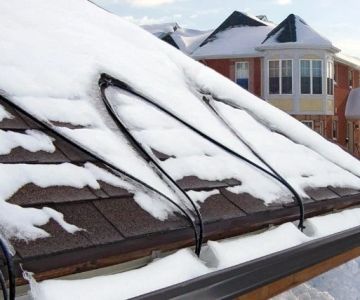

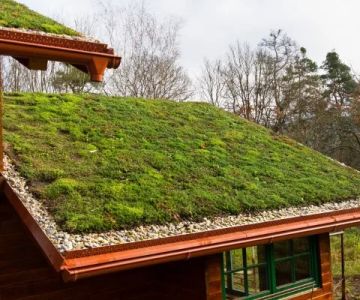
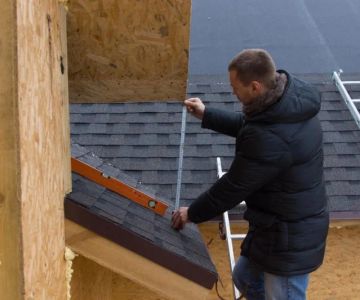

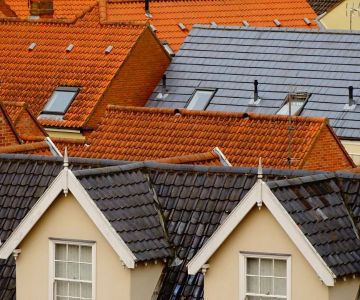
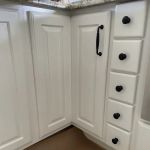 Marbin General Contractor Llc0.0 (0 reviews)
Marbin General Contractor Llc0.0 (0 reviews) Power Roofing Bay Ridge Brooklyn5.0 (33 reviews)
Power Roofing Bay Ridge Brooklyn5.0 (33 reviews) EHI Roofing3.0 (19 reviews)
EHI Roofing3.0 (19 reviews) Richard Jackson Spouting Inc4.0 (16 reviews)
Richard Jackson Spouting Inc4.0 (16 reviews)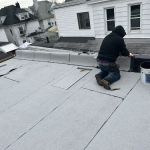 Brooklyn Contracting Group Corp.4.0 (37 reviews)
Brooklyn Contracting Group Corp.4.0 (37 reviews)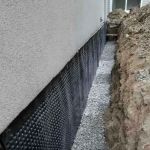 Barrys Waterproofing and Roofing4.0 (18 reviews)
Barrys Waterproofing and Roofing4.0 (18 reviews)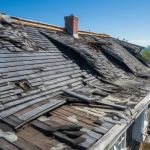 How to Identify and Repair Roof Damage from Sea Spray in Coastal Homes
How to Identify and Repair Roof Damage from Sea Spray in Coastal Homes How to Install Roof Snow Fences to Control Drifting – A Step-by-Step Guide
How to Install Roof Snow Fences to Control Drifting – A Step-by-Step Guide What is a Roofing System Health Report? A Proactive Assessment Tool
What is a Roofing System Health Report? A Proactive Assessment Tool How to Install Roof Ice Melt Systems to Prevent Ice Dams
How to Install Roof Ice Melt Systems to Prevent Ice Dams How to Install Roof Underlayment for High-Wind Roofs: A Step-by-Step Guide
How to Install Roof Underlayment for High-Wind Roofs: A Step-by-Step Guide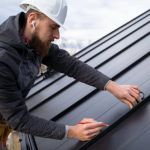 The Benefits of a Roofing Manufacturer's Approved Installer Program
The Benefits of a Roofing Manufacturer's Approved Installer Program